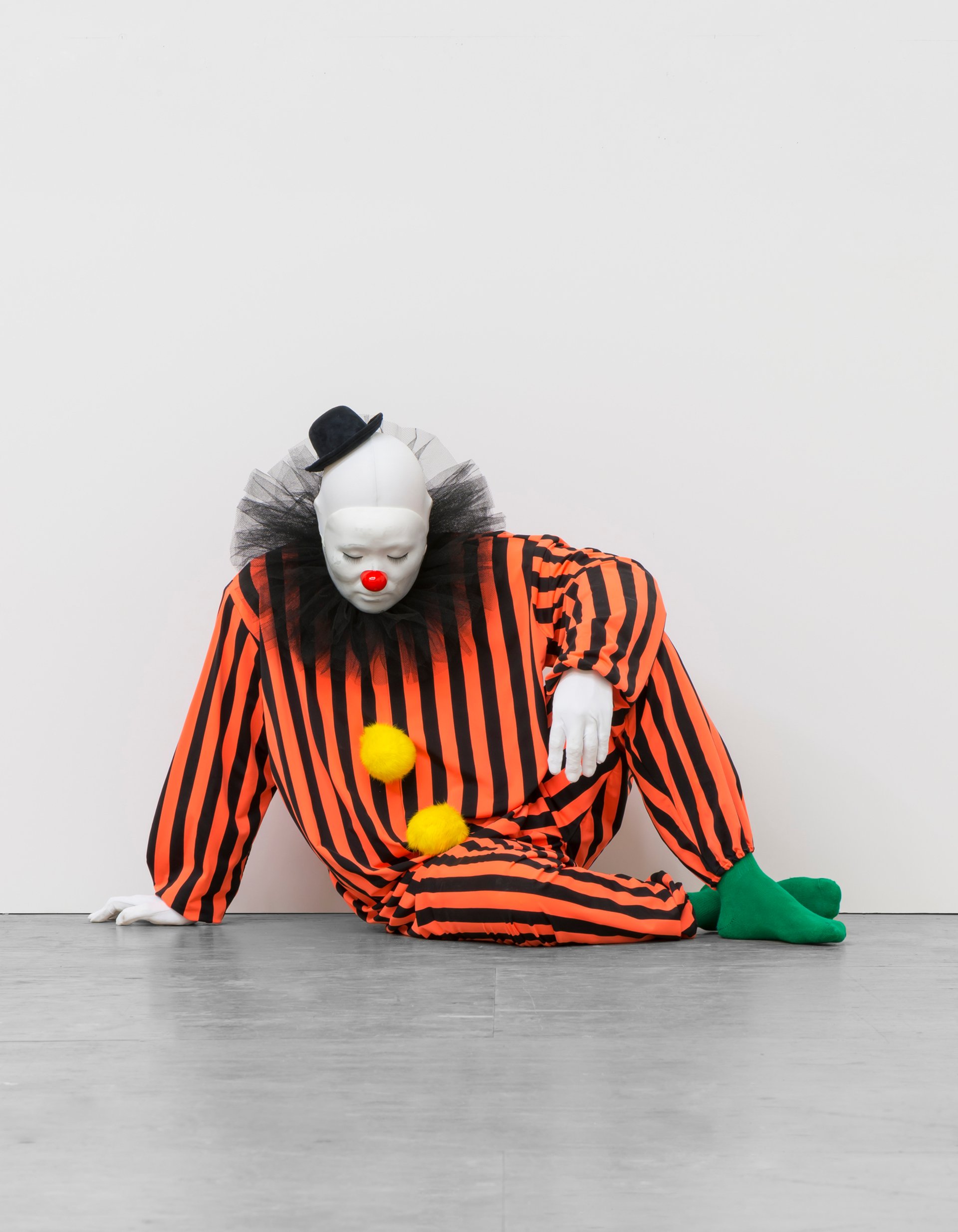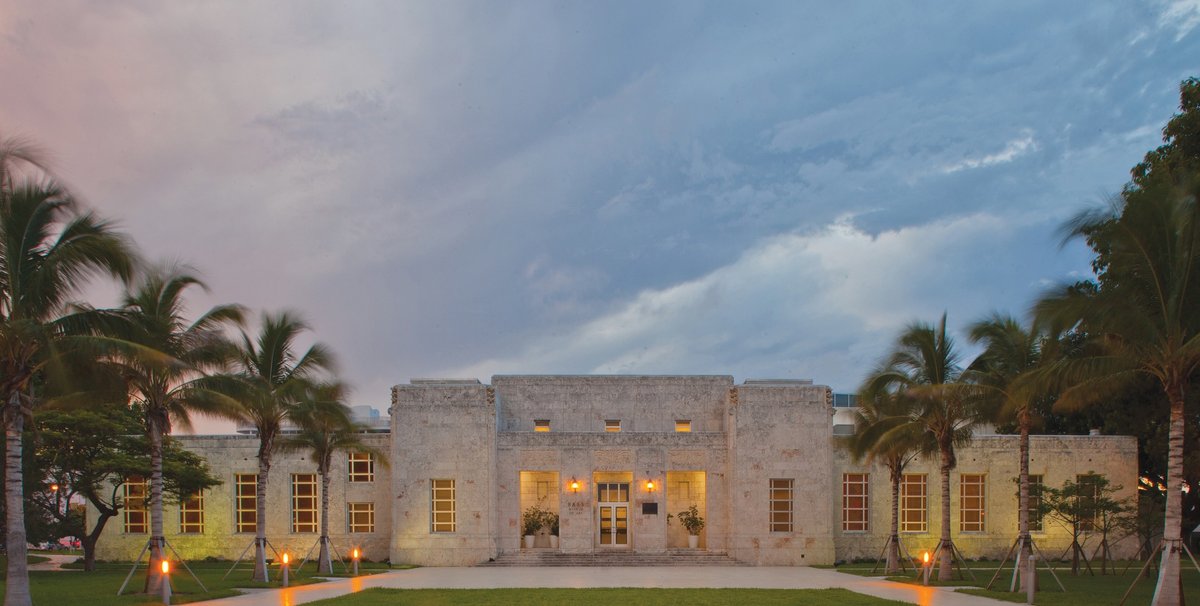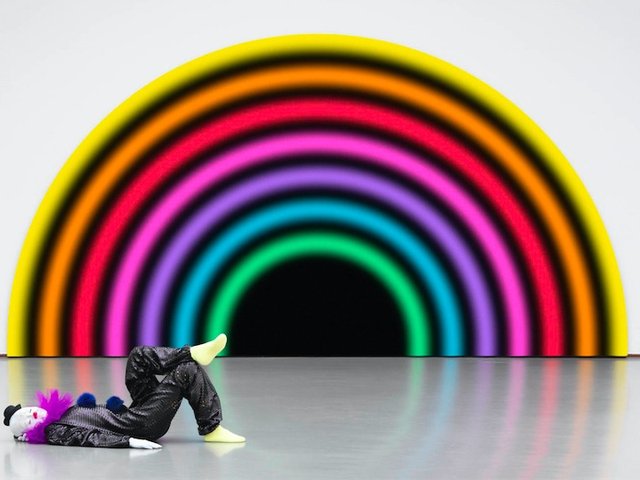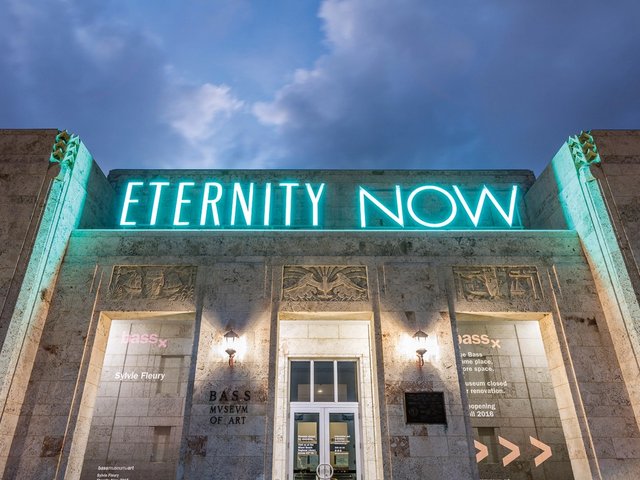Miami Beach’s contemporary art museum, The Bass, is due to reopen to the public on 8 October after a $12m restructuring (and a snappy rebranding that has removed “Museum of Art” from its name). Construction work on the project, which launched in 2015 and experienced multiple delays, roughly doubles the museum’s usable space. “We worked within the existing footprint of the Bass museum, but we somehow were able to increase the usable square footage dramatically,” says David Gauld, the project’s main architect.
Gauld also worked on the design team for the museum’s previous expansion, which opened in 2001 and added 16,000 sq ft to the museum’s existing 1930s Art Deco building, originally built as a library and art centre, and where the museum was founded in 1964. (The Tokyo-based architect of the 2001 expansion, Arata Isozaki, served as the design consultant for this new building campaign.) Gauld says he tried to remain faithful to both Isozaki’s addition and the historic building, which he calls “the crown jewel of Miami’s Art Deco history”.
The renovation almost doubles the museum’s square footage of exhibition spaces, located both on the ground and upper level of the building, adding 4,100 sq ft to the museum’s existing 8,700 sq ft. One of the ground-floor galleries shows works from the museum’s founding collection, donated by Johanna and John Bass—which includes Old Master paintings, textiles and sculptures—juxtaposed with rotating artists’ projects.
The inaugural show in this gallery, Beautiful (until 2 April 2018) is by the Ghent-based Cameroonian artist Pascale Mathine Tayou, who works in multiple media and addresses themes such as colonialism. Extant works back to 2006 will join the new Bass commission Welcome Wall (2017), a site-specific LED work that shows the word “welcome” in 70 languages. Tayou has selected works from the museum’s collection to dialogue with his pieces.
Site-specific works have also been commissioned for the new 5,200 sq ft “Creativity Centre”, which includes education spaces, visitor spaces, administrative offices and a multimedia lab. The project of long-term installations, Round 1: Chroma, has works by five artists: Moniker, Emmett Moore, Amanda Season Keeley, Katie Stout and Rafael Domenech. These include Moore’s Bauhaus-inspired seating and desk arrangement and a sculptural light work by Domenech. The wing also has a 1,000 sq ft terrace for public programmes.
Two other solo exhibitions will also kick off the reopened museum’s programme. The Argentina-born, New York-based artist Mika Rottenberg will show video works that incorporate mixed-media installations, such as the humorous NoNoseKnows (2015), which made a splash at the 2015 Venice Biennale, and the multi-media work Ponytails (2014), mechanised, synthetic versions of the perky hairstyle wiggling on a wall (until 30 April 2018).

Meanwhile, the entire second floor will be taken over by the main re-opening exhibition, the Switzerland-born, New York-based artist Ugo Rondinone’s good evening beautiful blue (until 19 February 2018), which will include works like his foam and resin clowns, vocabulary of solitude (2014) and the colourful mirror work clockwork for oracles II (2008). Rondinone’s Miami Mountain (2016) was acquired by the Bass in 2016 as part of the museum’s ten-year acquisition initiative, launched in September 2016. He has been working with the Bass on the show for about two years, and hosted the museum’s preview event this week at his studio in a converted Harlem church, a space with soaring ceilings dotted with his works in progress.
Speaking at the studio on 23 May, the Bass’s executive director and chief curator Silvia Karman Cubiñá discussed Rondinone’s exhibition, the change in attitude towards museums (less of a quiet churchlike space, more of a dynamic experience) and the Bass’s graphic and sleek naming rebranding. “More than a building”, she says, “it was a transformation.”




